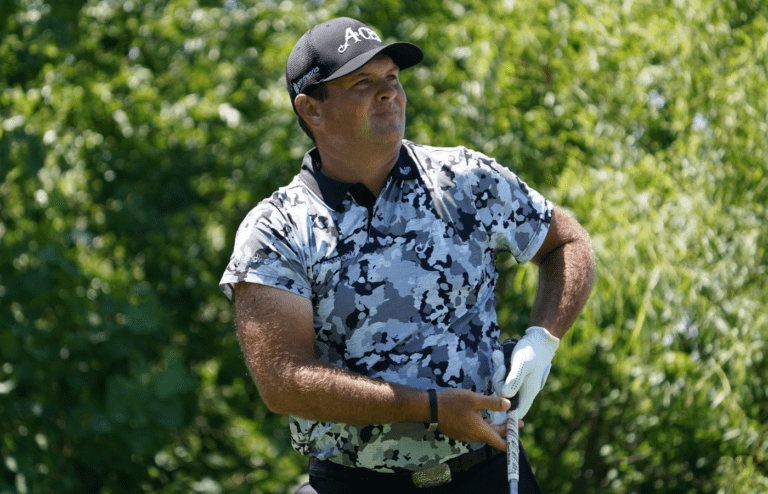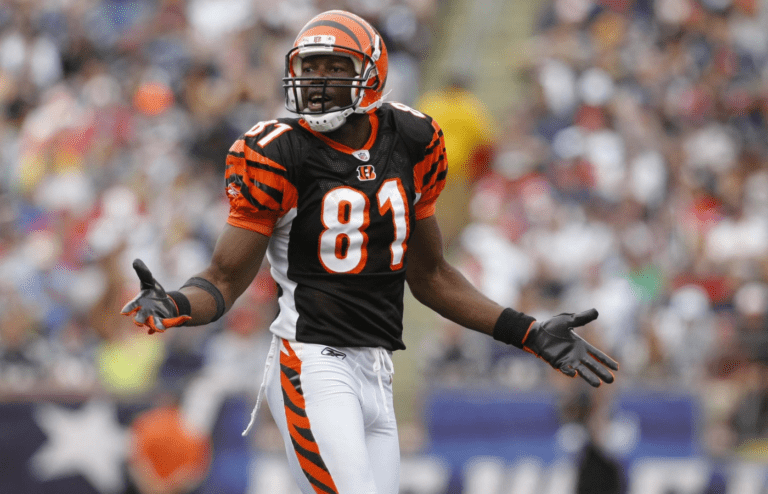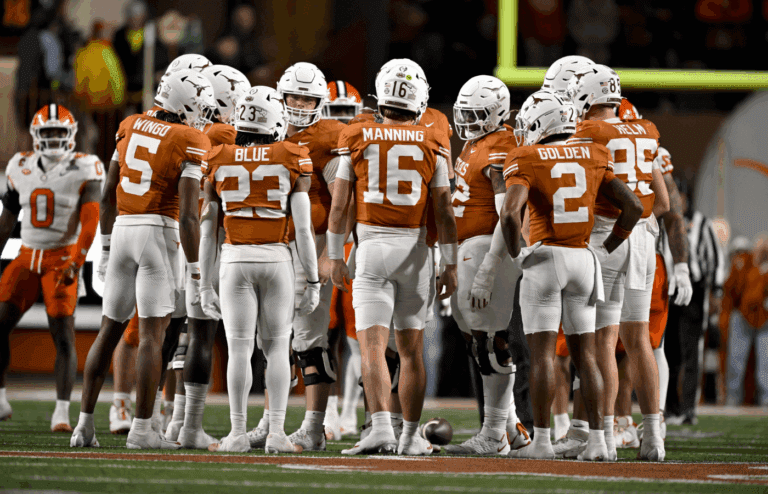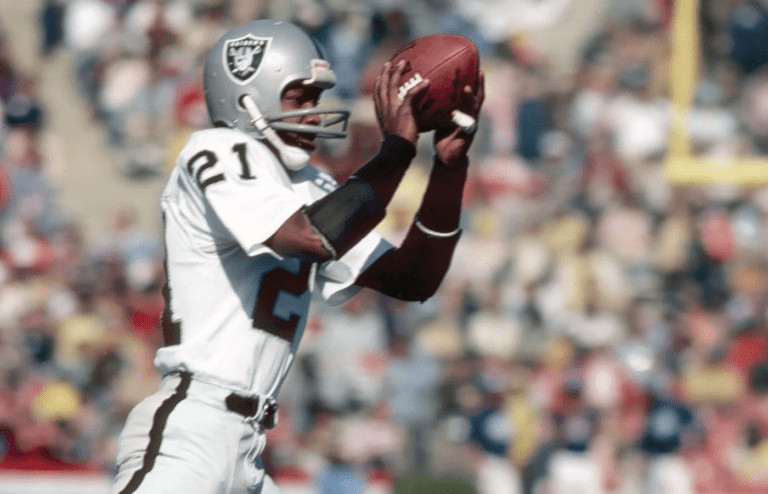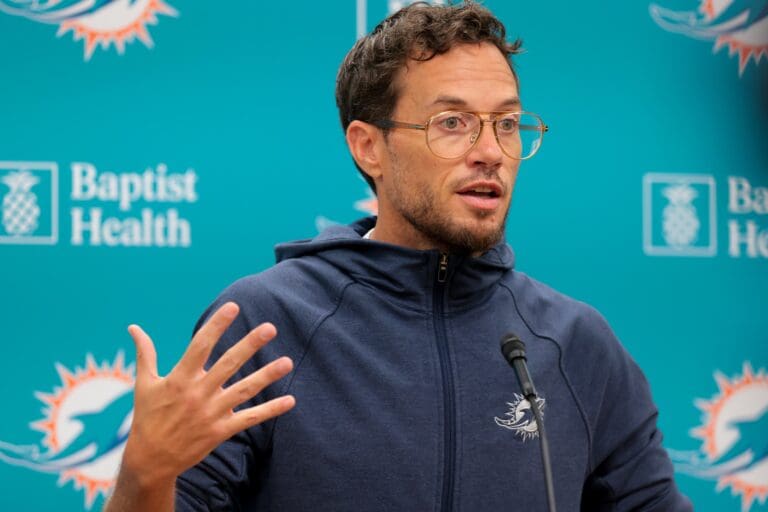In the film Rogue One, Lucasfilm used a digital recreation of the likeness of Peter Cushing to reprise the late actor’s role as Grand Moff Tarkin. The scene included the use of manufactured audio to recreate Cushing’s iconic vocal pattern, too. Some fans cringed at the use of technology to resurrect a departed actor, and now Lucasfilm is facing a lawsuit for the scene.
Suit Against Lucasfilm
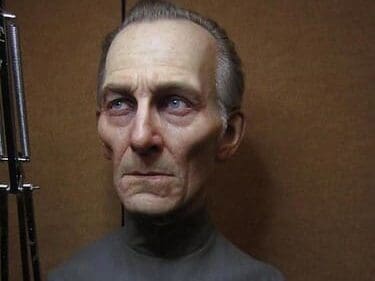
The suit against Lucasfilm actually isn’t from the late actor’s estate, as some fans might initially assume. Instead, it was brought forward by plaintiff Tyburn Film Production in London. Lawyers for Tyburn say the use of Cushing’s likeness in Rogue One violated a contract he signed with them before his death in 1994.
Case Goes to UK High Court
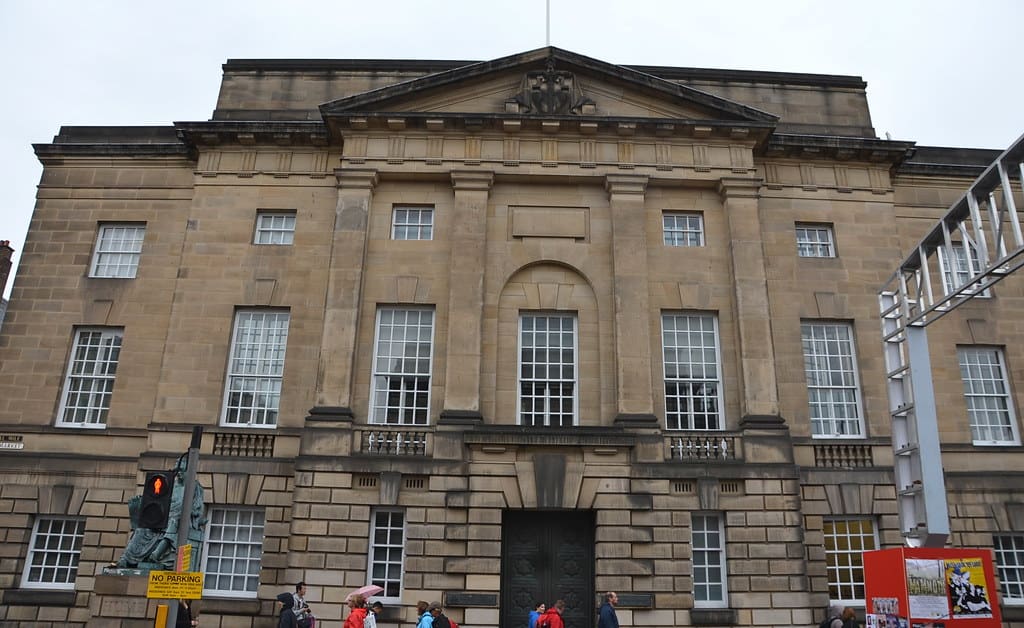
The case will go to trial, per the UK High Court, due to questions over who owns the likeness rights to the departed actor. What this could mean for Lucasfilm and its parent company Disney, both American companies, is unclear until the case is further along.
Ownership in Perpetuity?

The question at issue in Tyrburn’s case is whether the contract Cushing signed with them grants them the rights to his likeness in perpetuity or if Lucasfilm is within their rights to use archival footage of Cushing from the first Star Wars film to inform computer-generated recreations of the actor.
Moral Issue
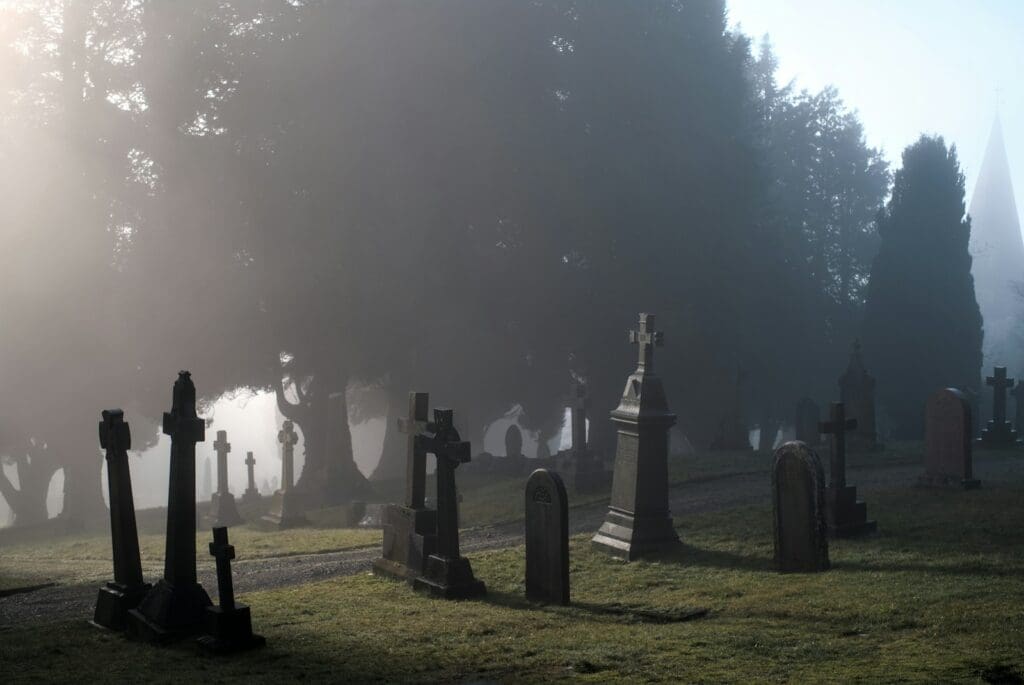
There’s another issue underpinning this question, though it’s not up for debate in the UK High Court. Many fans and critics have questioned the ethics and morals of using a deceased actor’s likeness in a piece of popular entertainment. Why not, they contend, simply recast the actor?
Not the First Time

It’s actually not particularly new for studios to do this. Notably, Rogue One itself came out in 2016, meaning Tyburn waited eight years to bring this suit forward. Similar uses of deceased actors’ likenesses have cropped up in movies like Superman Returns, which had a “cameo” from Marlon Brando, and Ghostbusters: Afterlife, which digitally resurrected Harold Ramis.
Lucasfilm’s Use of Actors’ Likenesses
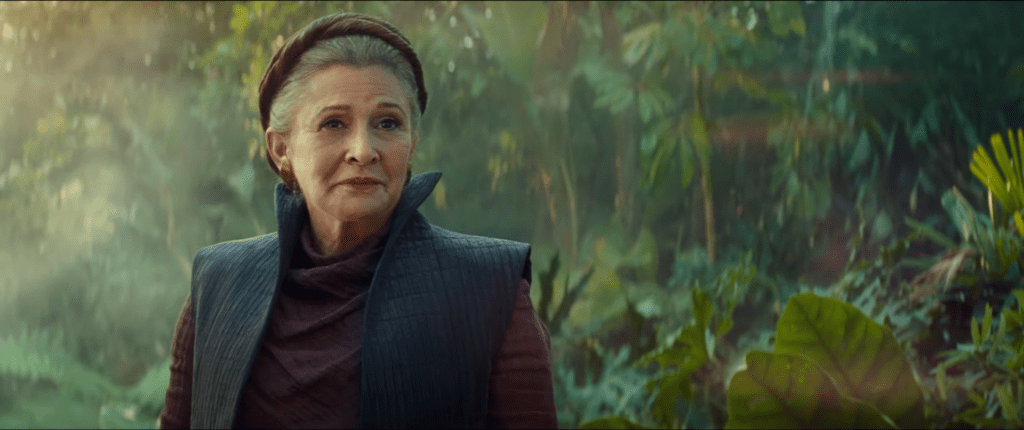
Cushing isn’t even the only actor who Lucasfilm has digitally recreated in this way. While Carrie Fisher was still alive, she was de-aged for her role in Rogue One and her likeness was digitally superimposed over a body double. In 2019’s Rise of Skywalker, filmmakers were able to create the illusion of Fisher reprising her role as Leia through the use of archival audio and footage, as well as some tricky camera work using Billie Lourd, Fisher’s daughter, as a body double.
James Earl Jones’ Voice
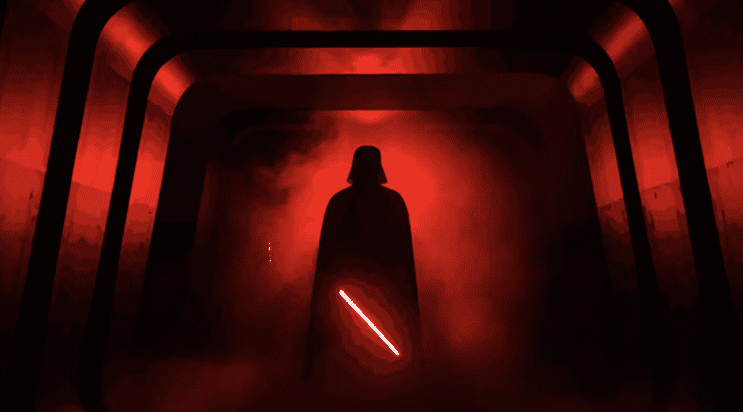
In recent Star Wars projects, such as Obi-Wan Kenobi, Lucasfilm has used Respeecher AI technology to digitally recreate James Earl Jones’ voice for Darth Vader. Jones signed an agreement for Lucasfilm to continue using his voice in this capacity before his passing, making this a more cut-and-dry case. But, for Cushing and other actors who passed away before such technology even existed, a question arises. Who can use their likeness?
AI Brings it to the Forefront
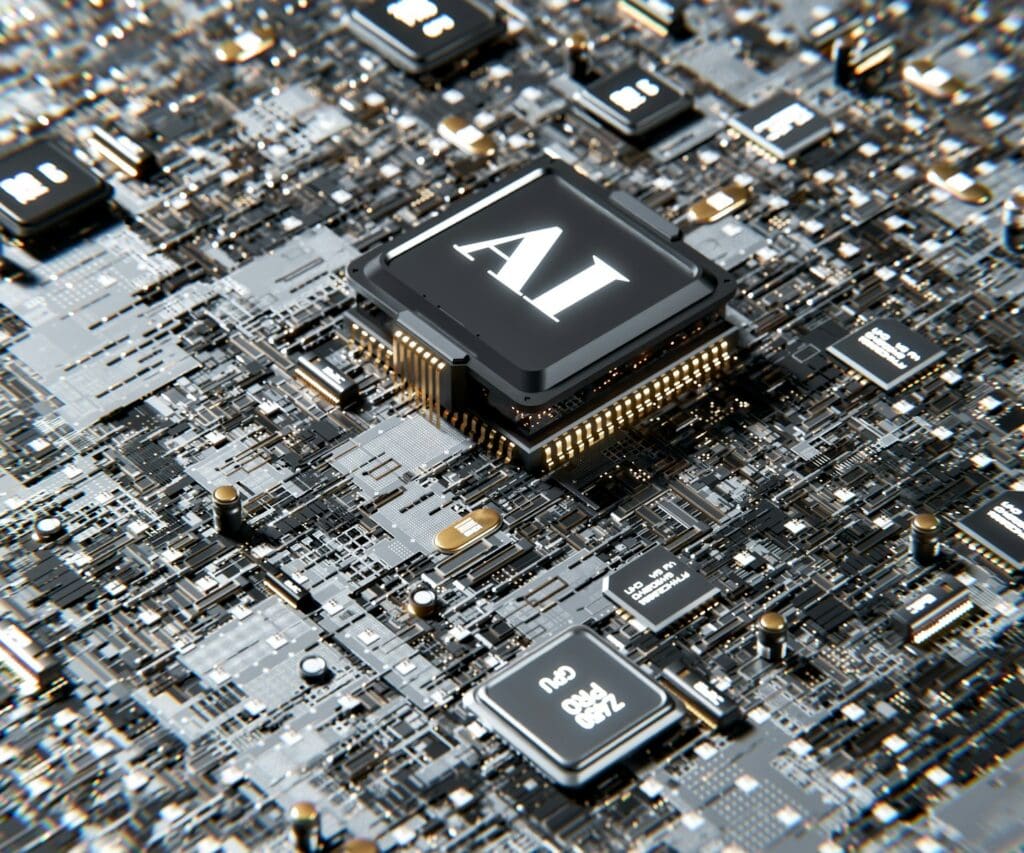
With Cushing and Fisher, Lucasfilm used cutting-edge computer technology to painstakingly recreate the actors’ likenesses. Modern-day AI technology will make it dramatically easier for film studios to digitally resurrect long-deceased actors from archival footage. This means courts will need to decide whether studios own actors’ likenesses in perpetuity and what, if anything, deceased actors’ estates are owed if their likenesses are recreated for use in new films.
Read More: The 10 Most Glaring Plot Holes in the Star Wars Universe
Is This Even Morally Acceptable?

Some fans take a more spiritual issue with the use of deceased actors’ faces in movies. The dead are gone and can no longer agree to appear in new projects. Is it even morally acceptable for a studio, or even an actor’s family, to profit from their appearance after their passing? That’s a thorny question that even starts to tug at religious views about the human spirit and the dignity of the dead.
Read More: 10 Star Wars “Rules” the Franchise has Abandoned
Dance for Disney Forever
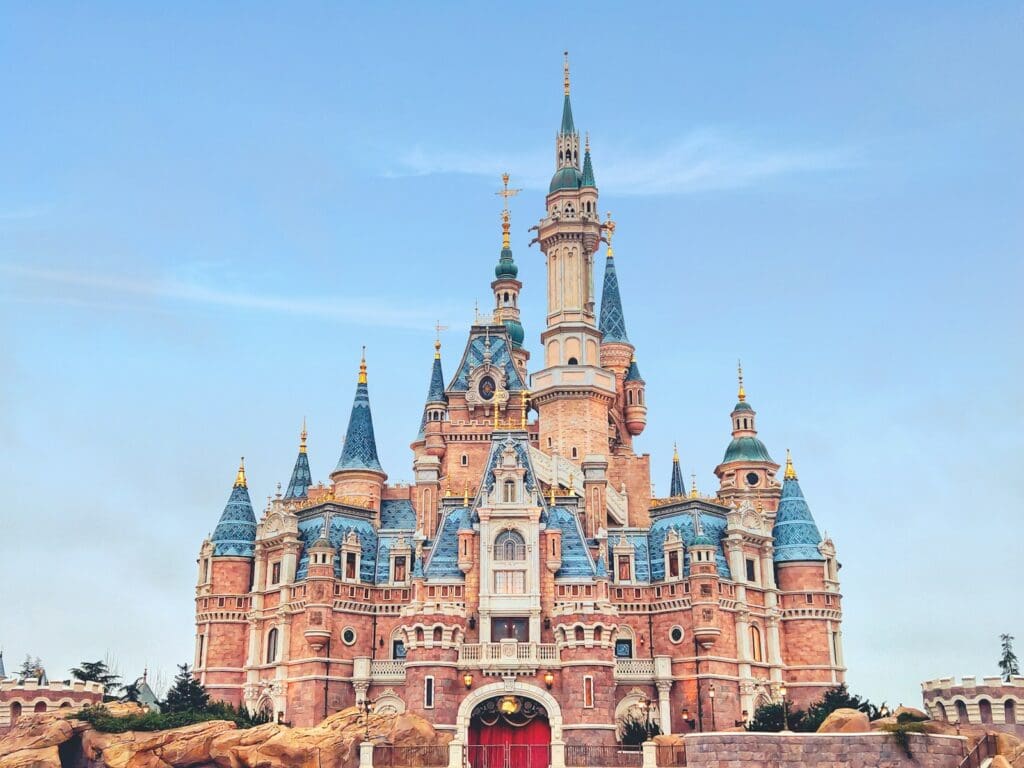
A particularly long-term view of this technology could see Disney digitally exhuming any and every actor who ever appeared onscreen in one of their films. The thought of someone’s “ghost” being made to tell new jokes and wow new audiences decades or even centuries after their passing could be seen as an inspiring and amazing use of new technology or a grim, disrespectful treatment of the dead.
Read More: 10 Ways ‘Star Wars’ Is Different Now that Disney Owns It

